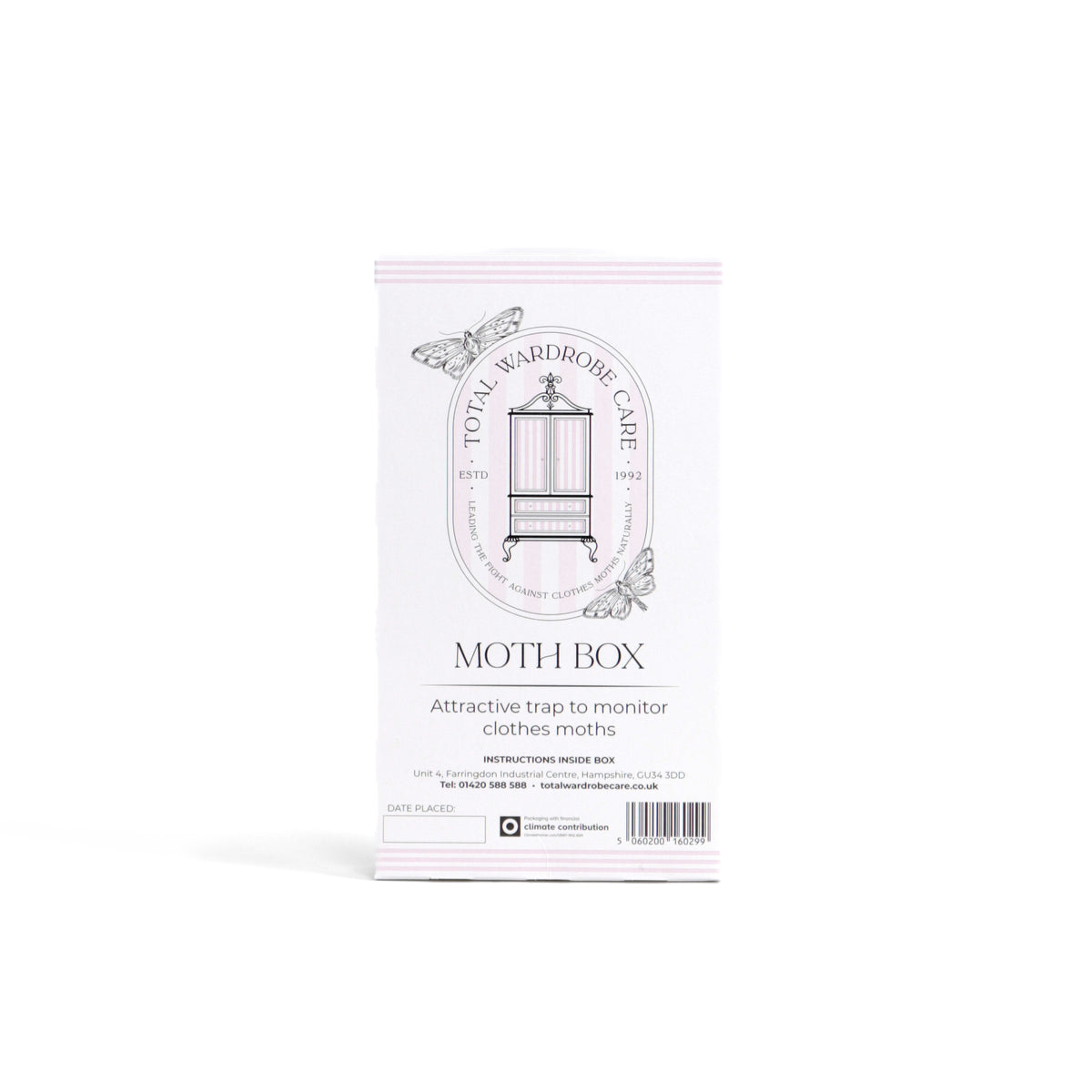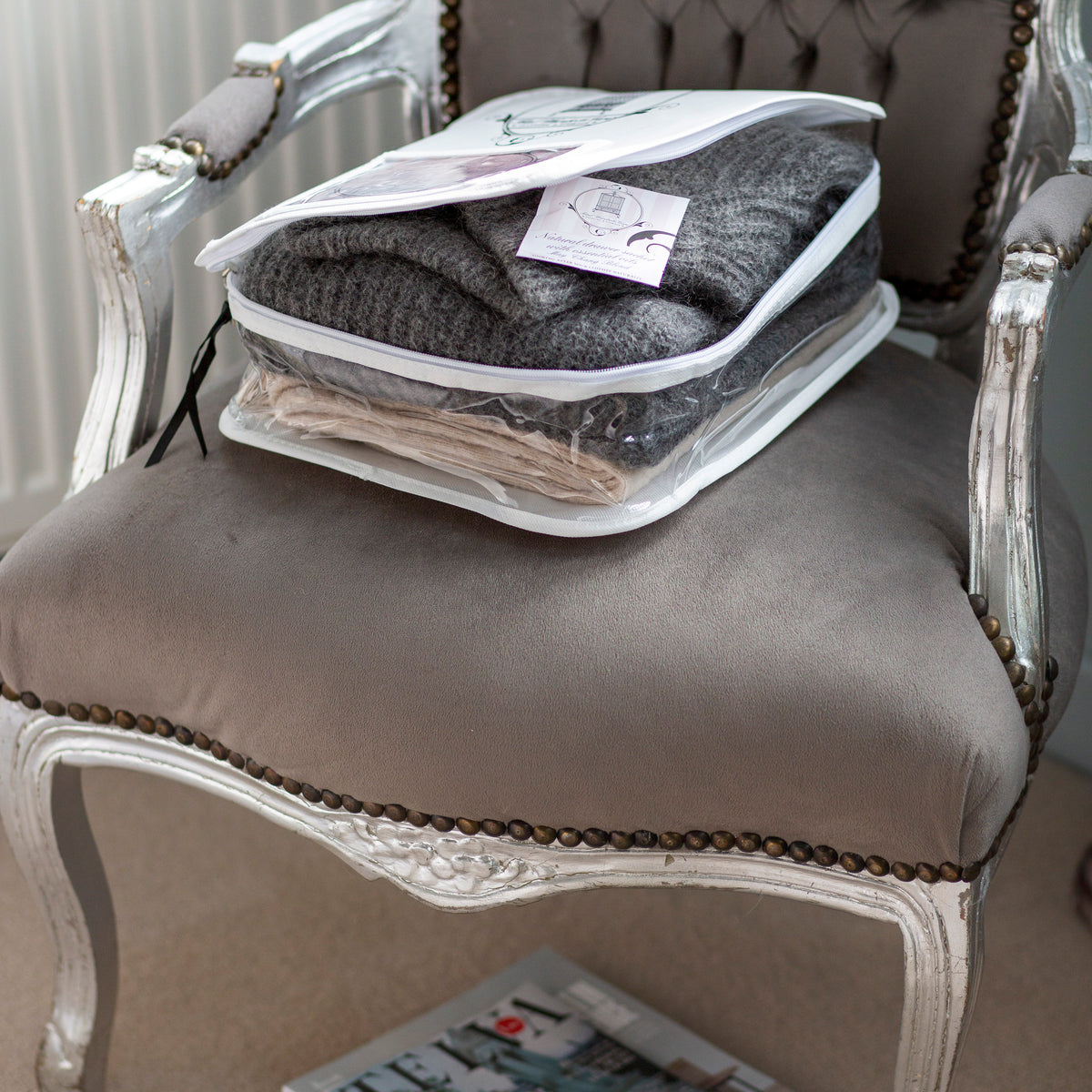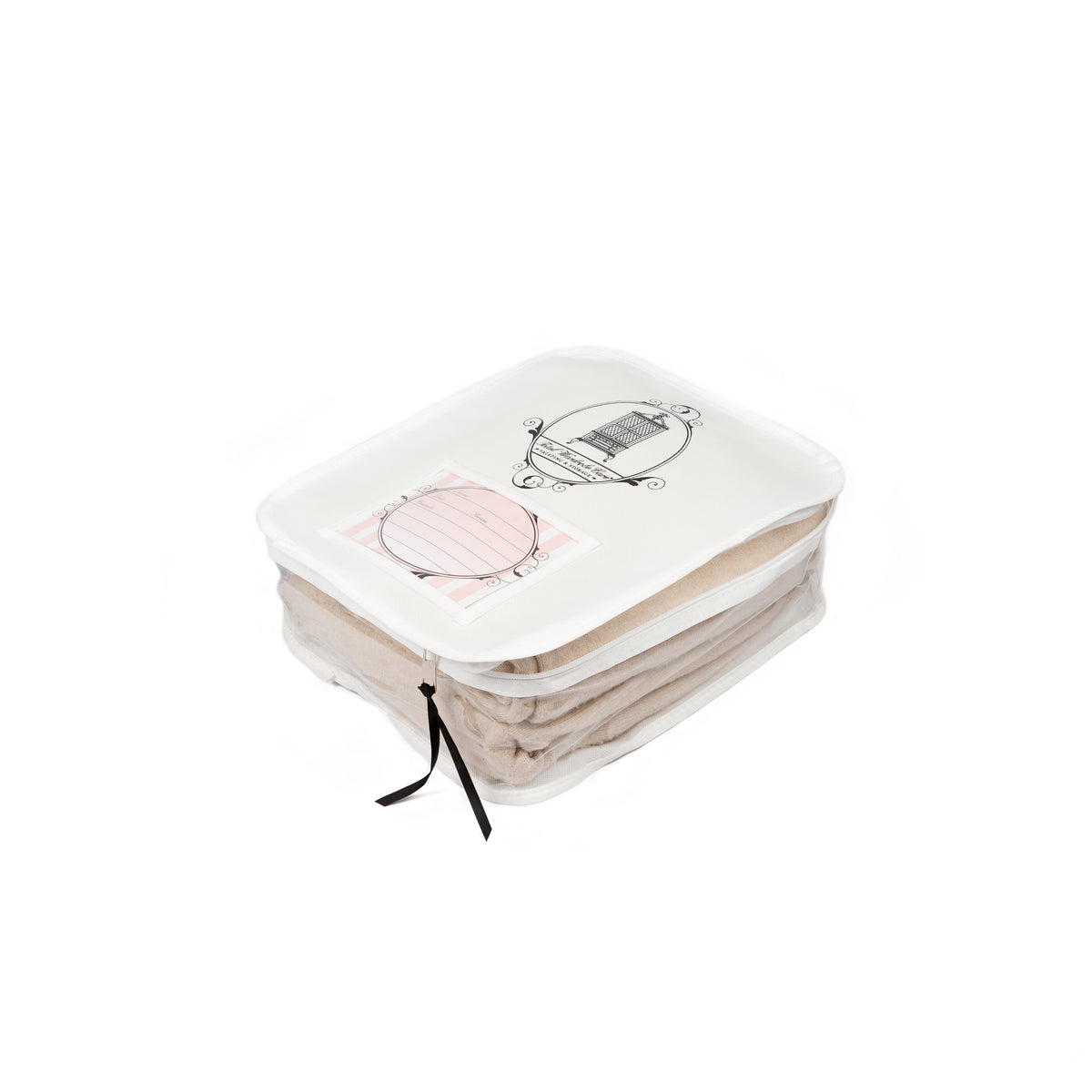HOW TO CARE FOR CASHMERE
Cashmere is a luxurious fabric for your wardrobe, and knowing how to care for cashmere has many benefits; check the label to know what you're purchasing, as cheaper cashmere often mixes with other materials. Pure cashmere is a very precious material, and it will serve you for many warm snugly years if you care for it properly.
WHAT IS CASHMERE?
In Nepal, people also know Cashmere as Pashmina. It is a diamond fibre extracted from the body of the mountain goat, Capra Hircus. This goat is a native of the Himalayan belt 10,000 feet above sea level.
Existence of this nature’s wonder species is very harsh with extremely cold climate and scarce vegetation. Nature blesses it with very thin, short, and the softest wool. It feels silky, light, and warm. Wearing it against the skin is a special and exciting experience called 'Sensual Sublimity' by our ancestors.

Pashmina, the finest cashmere wool in the world, has been popular for centuries among royalty and other elites.
People have prized this glorious wool for its warmth, lightness, and durability for over a thousand years. For lightness and warmth, Pashmina wool is unmatched. Delicate and soft to touch, it caresses the skin. It is not surprising that Pashmina has been successful in establishing its uniqueness among fashion wear.
WHY IS CASHMERE SO SPECIAL?
Goats produce the downy hair that makes cashmere.
Just as birds have outer feathers and soft warm down underneath, goats have their main outer coat made of coarse guard hairs and then an undercoat of warm, soft down. These hairs are hollow, so they trap air which is why cashmere is so warm and insulating. It takes the down from more than one goat to make a jumper which is why it is so precious!
If maintained carefully, cashmere can last for years, but knowing how to care for cashmere requires a lot of love and affection; gentle washing, correct storage, and proper moth protection will keep your cashmere clothes looking great for years.
JULIA'S TOP 10 TIPS FOR CARING FOR YOUR CASHMERE
To learn how to care for your cashmere garments and keep them always clean and beautiful, here are some essential rules to follow:
1. Rest Your Cashmere Item
Do not wear the same garment too frequently. Allow the garment two or three days’ rest after a day’s wearing.
A silk or pashmina scarf goes well with cashmere tops and cardigans. Used between your cashmere top/cardigan and your neck, a scarf will also prevent powder or other cosmetics stains.
2. Be Mindful
Do not wear cashmere next to rough clothing, metal necklaces, bracelets, belts and rough leather items. Dress up your cashmere with a silk scarf and pearl accessories instead of accessories with a rough surface.
3. Washing Your Cashmere
One of the most common questions asked is ‘can you wash 100% cashmere?’
Before, I would have advised hand-washing cashmere, especially for expensive and delicate knits. But now, you can machine-wash some cashmere because it underwent pre-washing. The label will indicate if you can wash it in the washing machine on a wool or hand wash cycle.
A cold water hand wash is the safest if you are unsure. Always check the label for washing instructions.

The worst things for cashmere knitwear are lots of agitation and harsh detergent.
Use mild detergent for both hand and machine wash, without bleach or enzymes. Our Laundry Liquid contains natural Aloe Vera & Rosemary Oil and is ideal for cashmere and other delicate fabrics such as silk.
When washing by hand, do not agitate the item too much.
Avoid lifting it out of the bowl as the weight of the water will stretch and distort the weave.
Do not wring the item either. Get rid of excess water by wrapping it in a ball and pressing on it in the empty sink.
4. Drying Your Cashmere
Squeeze gently, do not twist or wring. Twisting the wet cashmere sweater would stretch the shape. Air dry flat after removing excess water, away from direct heat and sunlight.
A helpful tip is to place the item on a towel, roll it up like a Swiss roll, and gently press.
Press with damp cloth, using a cool iron, iron from the inside of the garment.
5. Dry Clean Your Cashmere

Some cashmere labels will specify ‘Dry Clean Only’. Reduce dry cleaning to keep items in good condition. Use it sparingly by making clothes last longer between washes.
To prevent the clothing from touching your skin, wear something underneath. Additionally, you can air it out or quickly steam it to keep it smelling fresh between uses. We sell a great Handheld Steamer which has a nifty attachment to protect delicates.
6. De-Pill Your Cashmere
The first thing you are likely to find with wear is the appearance of small pills or bobbles.
Pilling occurs through friction, so you will find them under the arms, at the lower back and the bottom area of longer garments through sitting. They even appear where seat belts and handbags cross over the shoulder and rest on the hip or tummy area.
You can regularly de-pill cashmere and other woollen items for that matter with a simple Knitwear Comb. Hold the cashmere taut and brush the comb across the pills with a brisk firm action. Have a look at our video guide for a full demonstration.
7. Repair Holes in Your Cashmere
Holes can develop in cashmere either through friction or because of clothes moths. Whatever the cause, fret not as you can repair. Our sister company, The Wardrobe Curator offers a cashmere mending service, and it comes back as good as new. If the item is old and you’re not that worried about how it looks, you can give it ago yourself with visible darning.
8. Store Your Cashmere
Dry your cashmere completely before storing to prevent moths being attracted to the moisture in the cashmere fibres.
We sell a brilliant Knitwear and Cashmere Storage Bag which stores up to 10 folded tops/fine knits or 2/3 chunky knits. It is breathable and has a clear middle, allowing you to see what is in the bag. Using storage bags preserves the quality of your clothes, as well as ensuring that no moths can come into contact.
9. Hang Your Cashmere
If you prefer to hang your cashmere, we have a range of hangers to keep the shape of your clothes. We stock Rubber Hangers, Rubber Hangers with Clips, allowing your clothes to never slip off the ends again.
Hanging or folding cashmere carefully is extremely important for preserving the luscious material.
10. Protect Your Cashmere
Store your cashmere, wool, and delicate natural fibres properly to keep them safe from dust, mould, UV damage, and clothes moths.
Before storing items for the long term, make sure they are clean. Stains left for a long time can oxidise and are then impossible to remove. Food residues and skin cells attract clothes moths like nobody’s business.
If a clothing item says dry clean, do it before storing as moths dislike dry cleaning fluid.
Fold items neatly, our handy Folding Pallet makes this easy, then place items in zip up storage bag. Our moth proof, breathable knitwear bags can store up to ten fine knits or two to three big knits. Our 100% washable cotton Cashmere Storage Bags store two finer knits or one big chunky one.
Use our scented essential oils to repel moths and protect your clothes. The fragrance is delightful but moths despise it. Place our May Chang Sachets (they last a full season) into your knitwear bag or opt for lining your drawers with our May Chang Anti-Moth Drawer Liners.
If you think you have clothes moths, make sure you vacuum and treat any storage area before you put clothes away.
We have lots of products to monitor, repel, kill and confuse clothes moths.
To begin, we would use the Moth Box. The Moth Box attracts and traps male clothes moths. It does this by using female moth pheromones. This helps you keep track of their population.
If you have a serious problem, we highly recommend our Moth Decoy which provides year round protection.
For more help on dealing with clothes moth read our expert advice on How to Get Rid of Moths.








